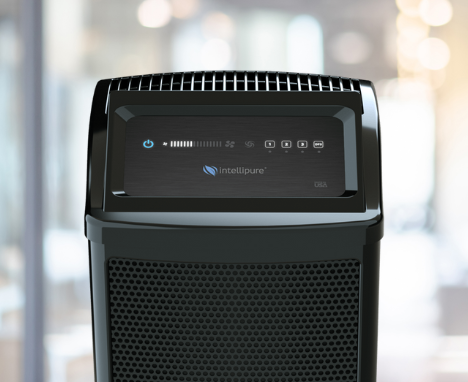What's in Your Air?
Indoor air quality (IAQ) refers to the quality of the air inside buildings and structures as it relates to the health and comfort of its occupants. Poor indoor air quality can have a significant impact on the health and well-being of those who live and work in a building, particularly vulnerable populations such as children, the elderly, and those with respiratory or cardiovascular conditions.
The importance of indoor air quality lies in the fact that we spend a significant amount of time indoors - up to 90% for those living in highly urbanized cities - where the air can be 5 times more polluted than the outside. Indoor air can contain a variety of pollutants and exposure to these pollutants can cause a range of health problems including allergies, asthma, respiratory infections, and even cancer.
Pollutants in the Air

Pet Hair
Many people are allergic to pets, and with hair measuring from 2.5 - 10 microns, it can be difficult to clean.

Pollen
Pollen is an extremely popular allergen, especially during season change with sizes ranging from 10 - 70 microns.

Mold
A type of fungi that thrives in moisture, and can cause serious illnesses in humans. Varies in size at 1 - 40 microns.

Bacteria
As small as 0.5 micron, many disease-causing bacteria produce toxins that weaken cells and make you sick.

Viruses
The smallest of the microbe family, at 0.1 micron, a virus takes control over healthy calls and rapidly spreads to others.

Ultrafine Particles
Sized less than 0.1 micron, they penetrate deep in the lungs, potentially causing heart and lung diseases.
Note: The images displayed above are not to scale. Each particle size represents an estimated mean.

How Intellipure Can Help
Intellipure's patented Disinfecting Filtration System (DFS) technology is helping improve the indoor air quality by capturing and removing harmful pollutants from the air.
Intellipure air purifiers are the only systems that can effectively address all three pollutant categories, including ultrafine particulates down to 0.007 microns, volatile organic compounds (VOCs), and microorganisms.